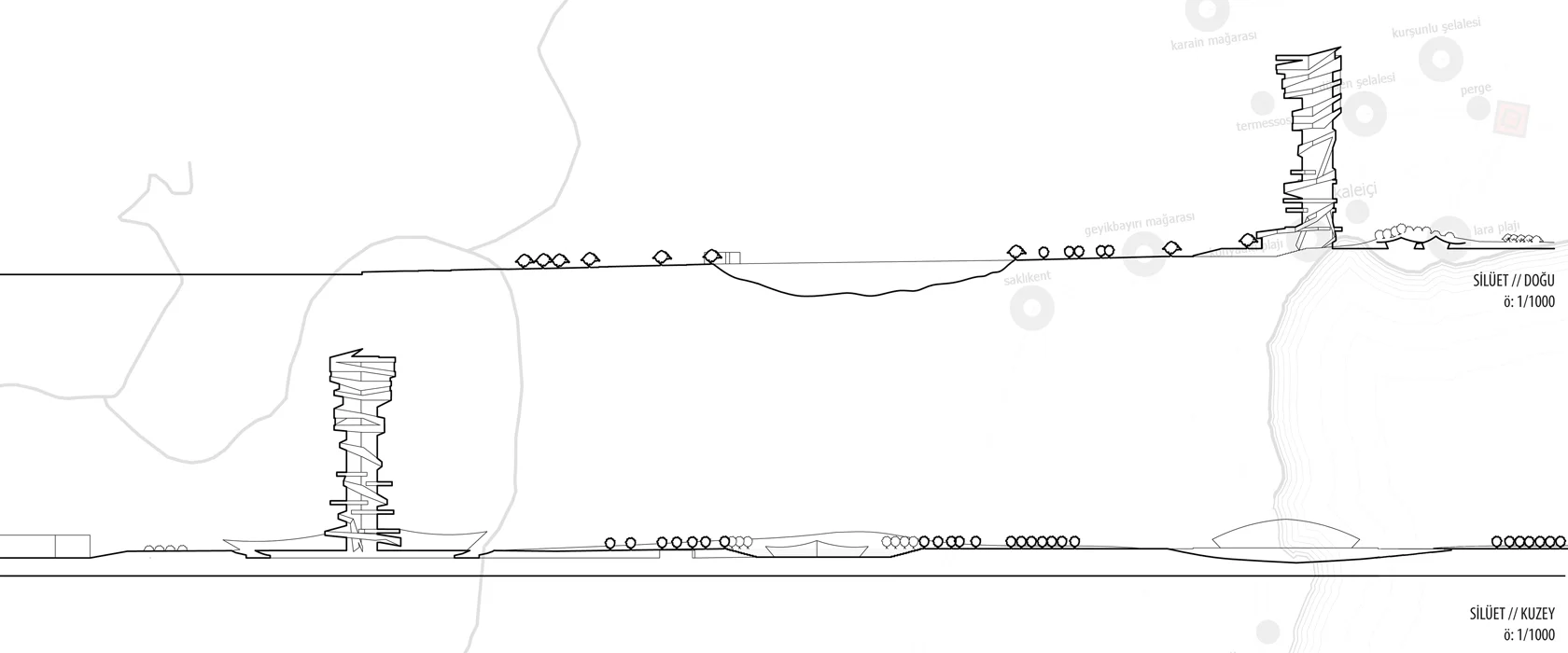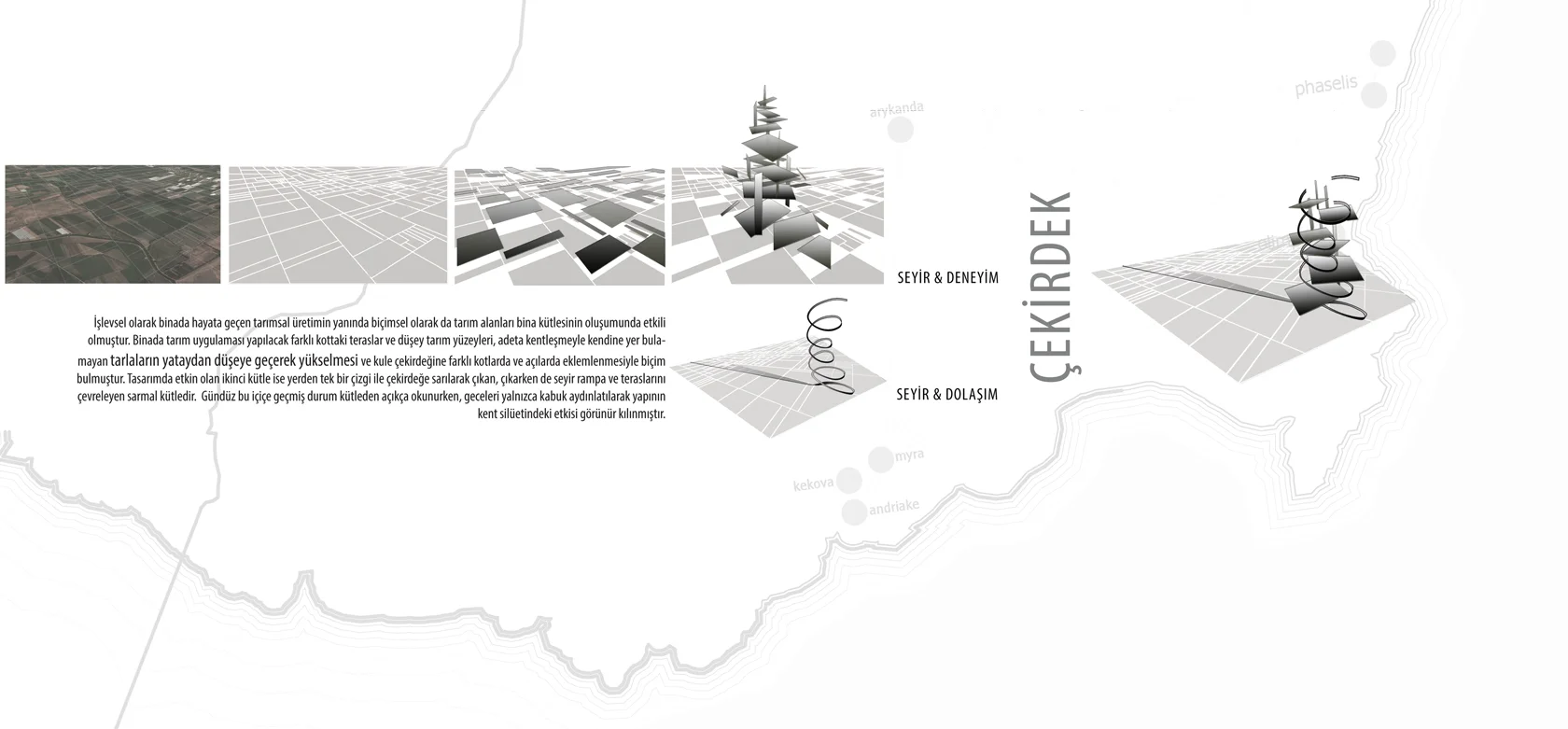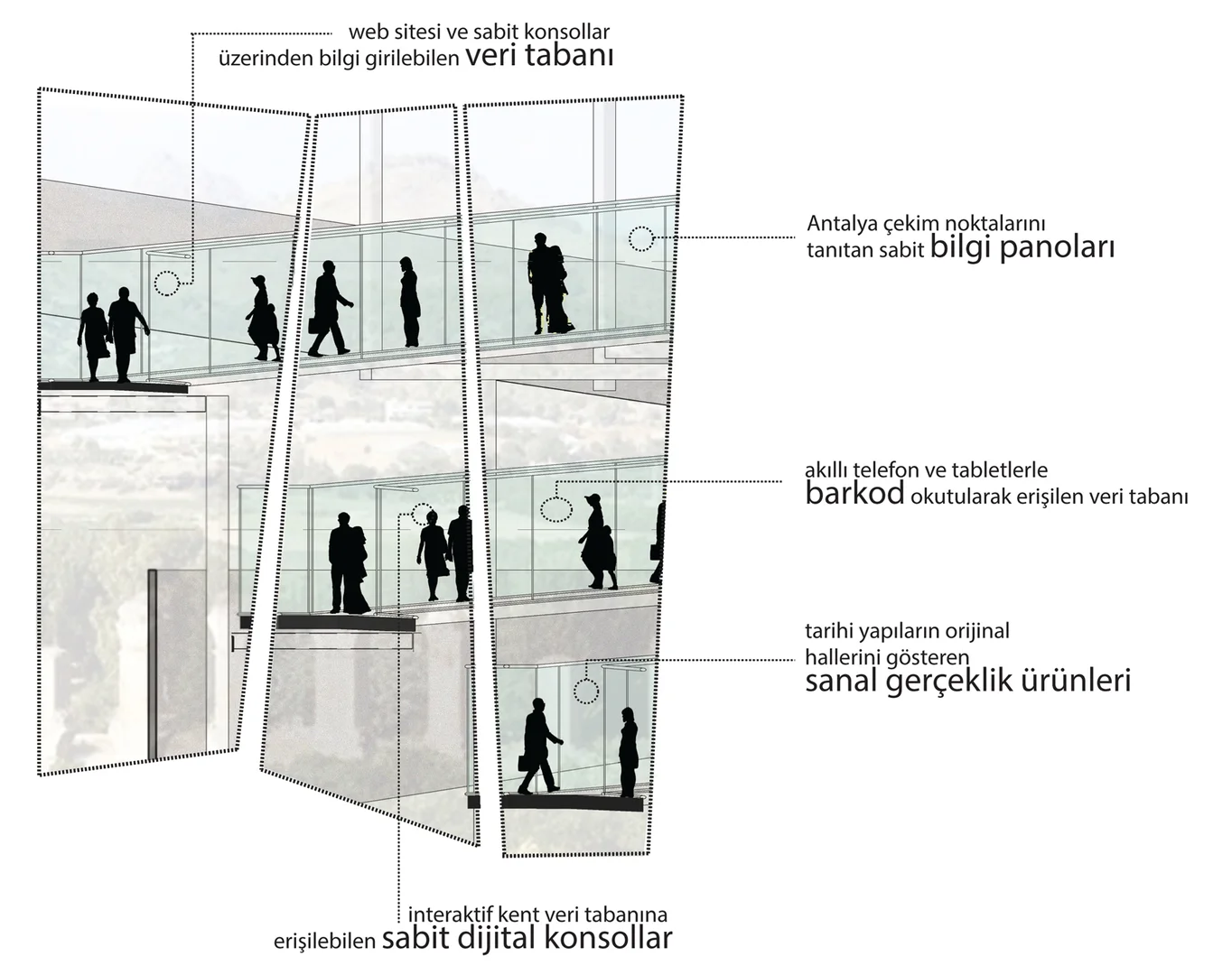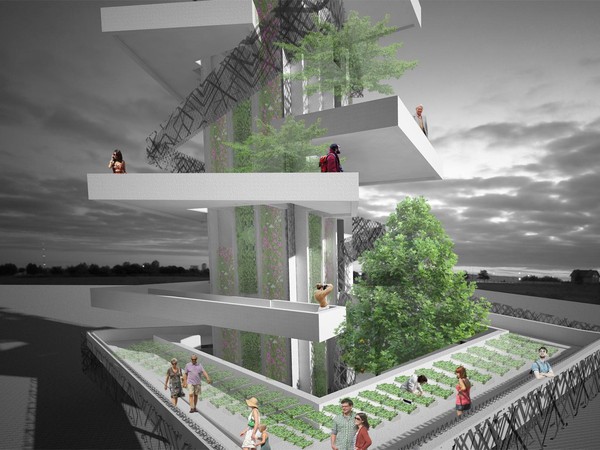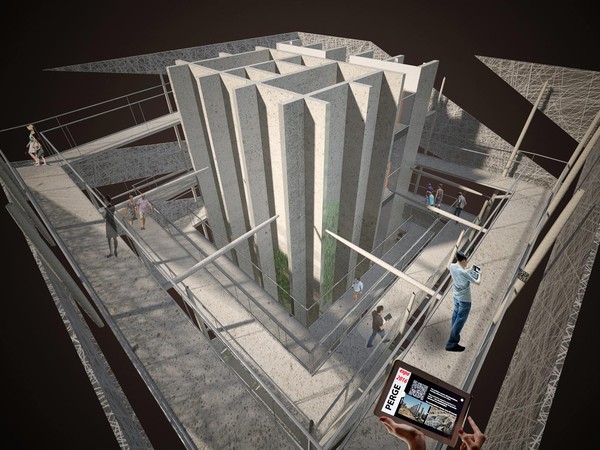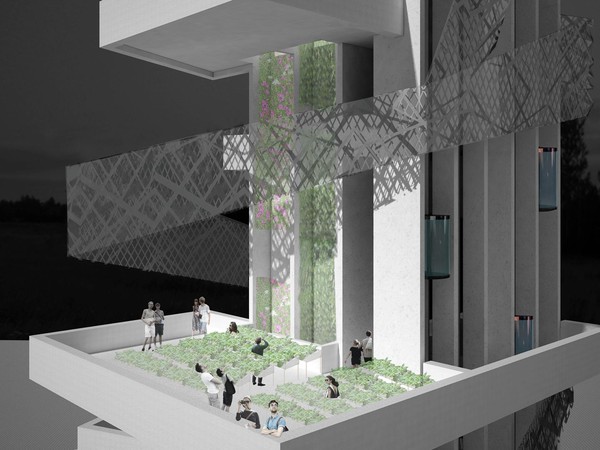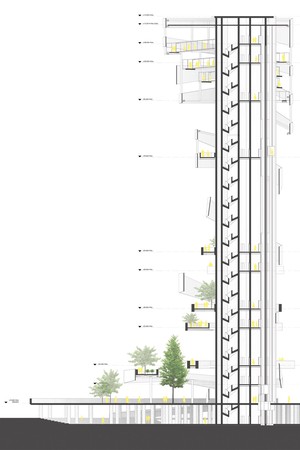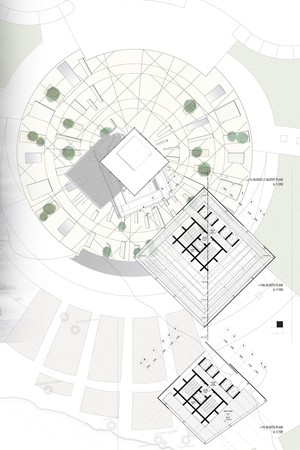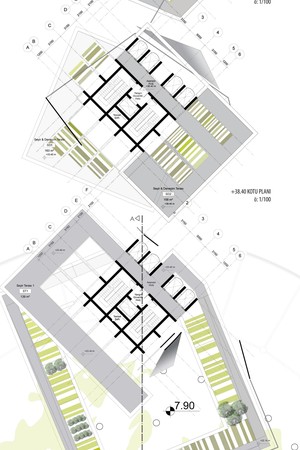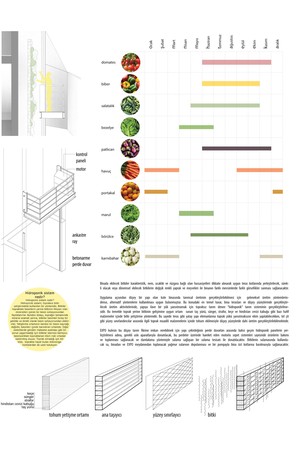Antalya EXPO 2016 Tower
Expo 2016 Antalya
Although Expo 2016 Antalya was a Botanical Expo, the theme chosen was “flowers and children,” so the design was based on these concepts. The use of the Expo Tower was discussed not only for the duration of the Expo but also for after it ended. The main question that shaped the structure’s design was how a continuous learning activity could be sustained.
Within the design program, the concept of “observation” as a primary activity was explored in depth and divided into two parts: observation & circulation and observation & experience. A visitor arriving at the Expo area would enter the building from the +7.90m level and then access either the “observation & circulation” ramps located at the top of the tower or the agricultural experience terraces located at the middle and lower levels. Another ramp, accessible by elevator one level above the +7.90m entrance, loops around just above the square, offering a broad view over the Expo plaza. Along this ramp, visitors can also observe examples of organic farming practices. Below the ramp, in the middle levels of the tower, are stepped terraces for agricultural practices, rotating at different angles to the south and southeast.
These terraces are the main areas for the “observation & experience” activities, which form the second core element of the tower’s design. These spaces allow visitors to actively engage in agricultural activities, promoting awareness about the importance of preserving agricultural land in our increasingly urbanized world. Practical knowledge will be shared about how to grow healthy, organic produce with our own means in daily urban life.
The concept of “children,” one of the two main themes of Expo 2016 Antalya alongside botany, was approached through the lens of curiosity and the desire to learn. “Learning” became one of the main operational elements of the building. As mentioned, the observation activity was divided into “observation & circulation” and “observation & experience.” While the upper levels of the tower aim to offer a space where visitors can walk around, enjoy city views, and learn about the city through different mediums, the lower levels combine observation with hands-on experiences. In both parts, the concept of learning was the foundation of the design, aiming for people of all ages to enjoyably learn about Antalya, the Expo, and agriculture—and to gain access to various sources of knowledge.
In conclusion, with its symbolic and iconic architectural appearance, the Expo Tower was designed not only to serve during Expo 2016 but also to continue contributing to Antalya's tourism afterwards. The goal was for every visitor—regardless of age—to leave the tower more informed and with heightened awareness and sensitivity, particularly regarding the loss of agricultural land due to urbanization.
Edible Botaniy
According to scientific studies by the United Nations Food and Agriculture Organization (FAO), by 2050, 80% of the world’s population is expected to live in urban centers, and the global population is projected to increase by another 3 billion people. With this shift in social life and population growth, the need for agricultural products—already in decline—will become even more critical.
Even today, when the situation is comparatively less dire, efforts are being made to increase the production of plant-based food items through chemical additives and genetic modification. Unfortunately, such interventions often harm human health or reduce the nutritional value of these foods.
For this reason, the Expo Tower aimed to create awareness around the disappearance of agricultural land due to urbanization and the issues associated with unhealthy plant-based foods. By integrating agricultural opportunities into a building—which itself is a part of the city—the intention was to raise awareness. The goal was not to claim that farming in buildings is the most efficient method, nor to aim for maximum productivity in the tower, but rather to create maximum awareness among visitors through a symbolic and educational agricultural display.


